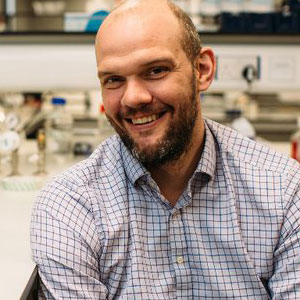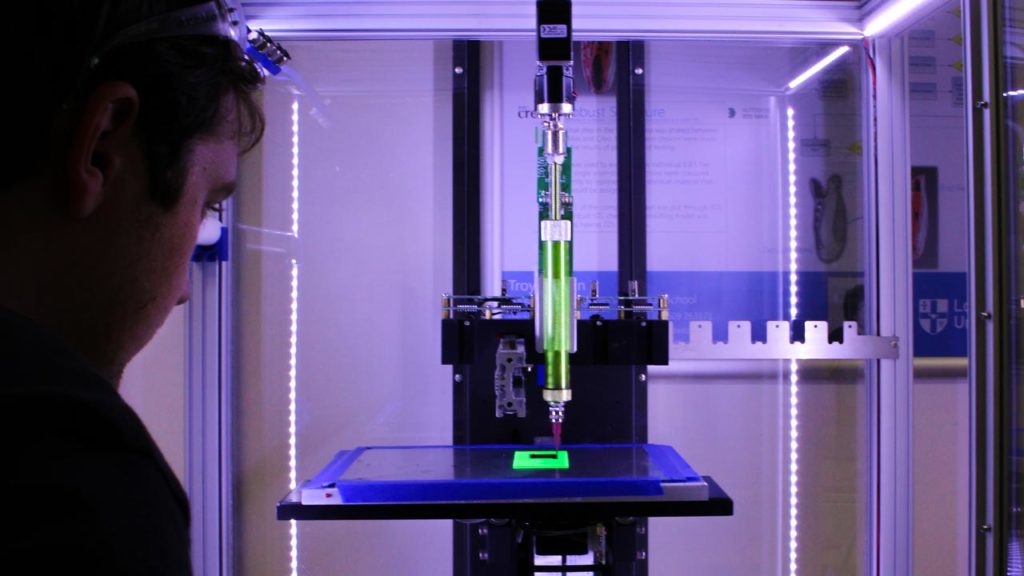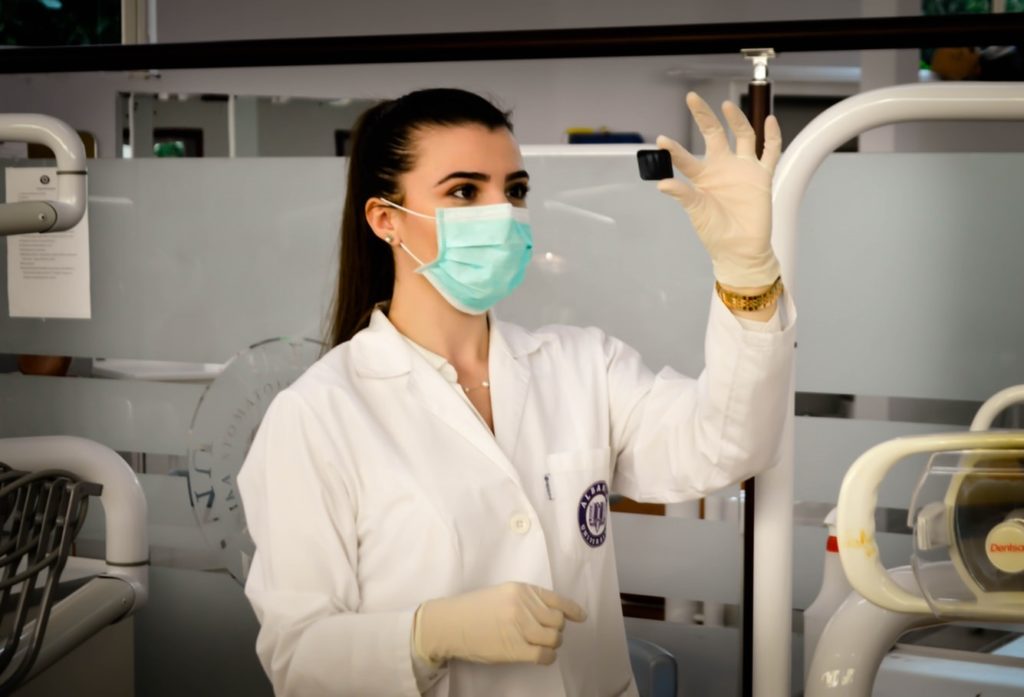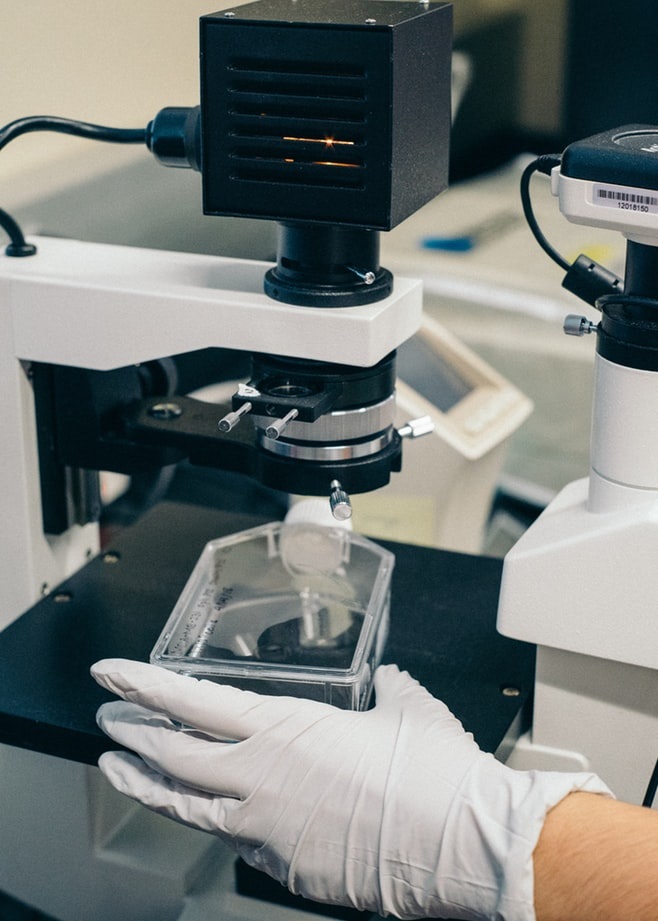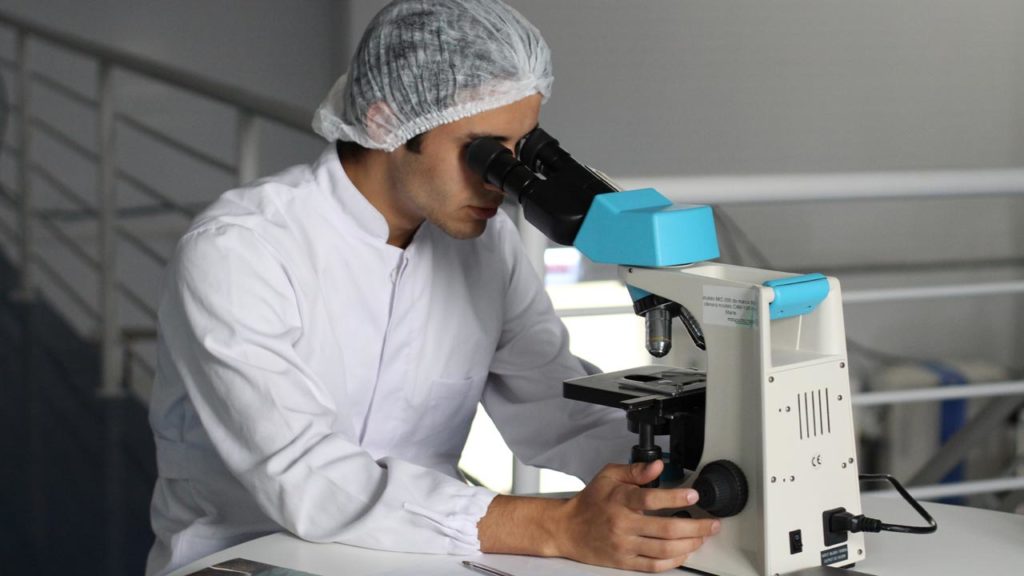Background
Bone defects can arise through trauma or disease. Conventionally, defects are treated by filling of the cavity space with a bone substitute to restore mechanical integrity and stimulate the regeneration of bone tissue. Autologous bone is the “gold standard” for this application. However, for large defects, it is not a viable approach, as only a limited volume of autologous bone can be harvested. Additional surgery is also required, causing further trauma and increasing the risk of infection transmission. Calcium phosphate-based materials can be produced synthetically in large volumes and are designed to be resorbed over time, eventually becoming replaced completely by new bone. Of particular interest is the development of materials that can additionally influence biological processes resulting in enhanced bone formation. Calcium pyrophosphate has been shown to provide an environment that stimulates new bone formation during resorption, making these materials of great interest for future formulations.
Method
In this study, calcium pyrophosphates are synthesised using precipitation and thermal methods. Precipitation of calcium pyrophosphate is achieved by combining aqueous solutions of calcium and pyrophosphate salts. By closely controlling the pH of the precipitation reaction, the resulting phase and microstructure of the calcium pyrophosphate can be manipulated. High temperatures can also be used to transform calcium phosphate precursors to highly crystalline phases of calcium pyrophosphate that possess different physiochemical properties compared to those synthesised by precipitation. These differences may influence biological interactions, such as the rate of dissolution and resorption in the physiological environment. It is possible to deliver these materials in the form of pre-fabricated granules or as an injectable paste. In vitro cell-material interactions are being investigated to confirm viability and osteogenic capacity. Candidate materials will then be assessed in vivo using suitable defect models.

